World Coaches – WSCA – Urge FINA To Back Model Of Trans Inclusion That Protects Women Through Birth-Sex Catgorisation
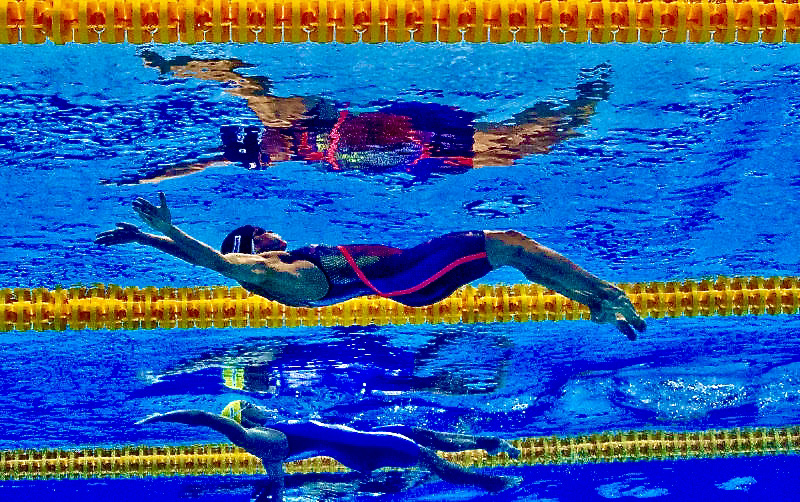
The World Swimming Coaches Association (WSCA) has urged FINA to form new categories for transgender athletes while preserving traditional and long-standing birth-sex categorisation in the best interests of all.
- UPDATE FINA decision: Swimming Ban On Transgender Athletes Who Grew Through Male Puberty Set To Be Gold Standard As Rugby, Athletics, Football Lean The Same Way
The issue has been worked on at FINA since autumn 2021 when the IOC handed the inclusion question back to international federations. It became a hot potato in swimming when American athlete Lia Thomas, nee Will, switched from racing among men two seasons ago to this year racing among women and becoming the first trans athlete to claim an NCAA women’s title in swimming beyond a 200 freestyle swim along the way that became a yardstick to measure the amount of potential poison being poured into the pool.
Following a ‘Sex Matters’ petition backed by hundreds of Olympians and thousands of others, Olympic champions Emma McKeon and Emily Seebohm recently joined the chorus of those calling for any athlete born boy and raised a man before identifying as a woman to be kept out of the women’s category in swimming, a sport in which the advantages of male strength and development are highly significant.
The coaches, applying deep knowledge and observation of a sport in which Sex Matters, argue that the women’s category in swimming should be preserved for those born female, while fairness would also rule out an Open category in which all transgender athletes would compete. True and fair inclusion would mean keeping categories for athletes born men and born women, while offering competition for trans athletes in trans women and trans men categories.
FINA, which has said that it soon intends to establish an “industry standard” with a new policy on fairness and inclusion, received the position statement (in fill below) on trans inclusion from WSCA and its president Jon Rudd today before the global coach-representation and education organisation posted its views on the WSCA website as the latest evolution in a process of careful thought given to a sensitive and controversial subject after a wide-ranging consultation with members around the world.
Making the point that sex categorisation is lawful, WSCA notes:
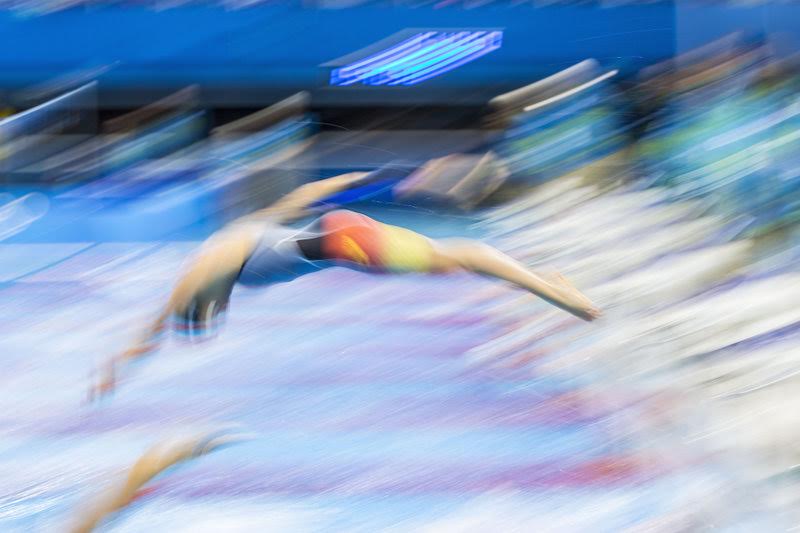
Competitive fairness cannot be reconciled with self-identification into the female category in a gender-affected sport such as swimming. The average differences in strength, stamina, and physique between the sexes is significant. Transgender females are, on average, likely to retain physical advantages listed above even if testosterone suppression is utilised.
WSCA position statement on trans inclusion in swimming – image : The gender debate in sport points to a history that highlights the brisk of warp in women’s sport, swimming included – image courtesy of Patrick B. Kraemer
That position is taken decades after swimming was among sports that learned the hard way the price women and women’s sport pay when fairness takes second place to the advantages of male strength and development: the GDR Doping era was second to nothing in sport when it came to understanding why State Research Plan 14:25 had what was by far its biggest impact in women’s competition, the effect of androgenisation of girls highly significant to all results in the pool between the early 1970s and the fall of the Berlin Wall in 1989.
The WSCA Position Statement In Full
Introduction
The World Swimming Coaches Association (WSCA) has an unequivocal agenda for the sport of swimming to be experienced in an environment where everyone can partake in the sport and where everyone is treated with both dignity and respect. However, the inclusion of transgender people into female sport cannot be balanced with fairness due to the retained differences in strength, stamina and physique that are present when comparing the average female with the average transgender female/non-binary person who was assigned male at birth (whether with or without the involvement of testosterone suppression). This is the primary factor to be considered in an endeavour to balance fairness with inclusion.
WSCA’s Key Pillars
1. WSCA is committed to the inclusion of all people in competitive swimming. The introduction of a new and different model within the competitive realms of our sport will offer an alternative option to meet the needs of all people;
2. Categorisation through birth sex remains to be the most useful and functional division relative to sporting performance. This categorization acknowledges the broad range of significant performance differences between the sexes. Hence, the sport of swimming should retain traditional sex categorization – in association with age and, where appropriate, disability – whilst finding a model of inclusion for transgender athletes;
3. Evidence indicates that it is fair for transgender people to be included in the sport of swimming either within a Male category and/or as athletes racing within a Male category but additionally entered within an ‘Open’ category. This assumes that the transgender person will often be using testosterone supplementation, for which a Therapeutic Use Exemption (TUE) will always be required under anti-doping rules that must apply evenly to all athletes in competitive swimming, regardless of category;
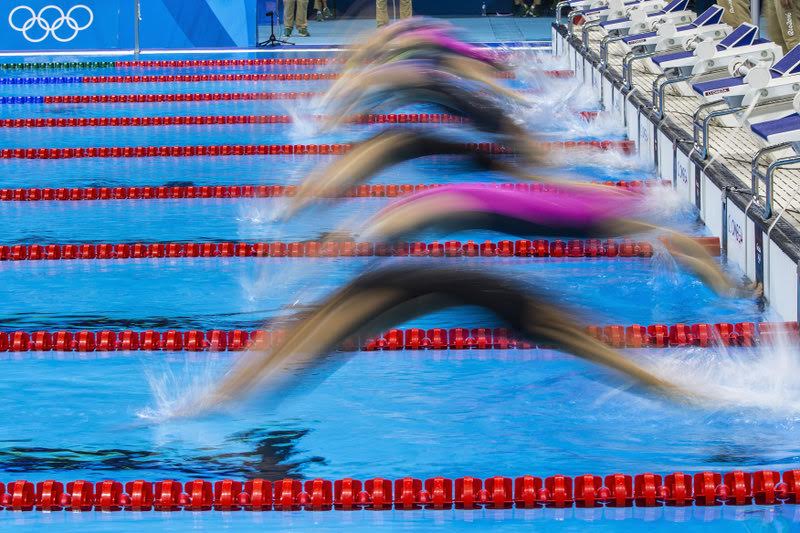
4. Competitive fairness cannot be reconciled with self-identification into the female category in a gender-affected sport such as swimming. The average differences in strength, stamina, and physique between the sexes is significant. Transgender females are, on average, likely to retain physical advantages listed above even if testosterone suppression is utilised;
5. Categorisation by sex is lawful, and hence the requirement to request information relating to birth sex is appropriate. No individual is compelled to provide any information to a sports organisation. However, failure to provide such information should mean that that person would not be able to compete in the category of their choice. The sport of swimming should therefore provide options for those people who prefer not to advise of their sex or gender. This would also be fair to and comply with the rules related to anti-doping officers collecting samples, which requires observation and an accompanying obligation to grant permission for any athlete wishing to compete in events which are subject to the WADA Code.
Categorisation The Key
For the sport of swimming, the inclusion of transgender people on the grounds of fairness cannot co-exist in the current competitive model. Swimming should choose to offer competition in which the female category is protected for reasons of competitive fairness.
In many deliberations that are currently taking place within sports, the concept of an ‘Open’ division is touted widely – one where Biological Males and Transgender Females would race in one division or categorization. However, there is a view that the use of an ‘Open’ option merely ‘puts the Trans problem away’. With an Open division, Trans females swimming against biological males may not even make the required time standards to be able to enter certain events/meets. Additionally, Trans males competing against biological males does not raise a concern in terms of performance imbalance within the biological sexes. An Open competition takes care of the issue we face, but we also have to ask if it takes care of the athletes holistically.
When we look back through Peter Daland’s record of swimming history, we see coaches continually working on expanding the sport. Previously to now, every expansion was based on a biological difference. At first, there was only Open competition. Any female wanting to compete had to do so on male teams and in m events. Then female events commenced and at first, there were very few. That is no longer the case.
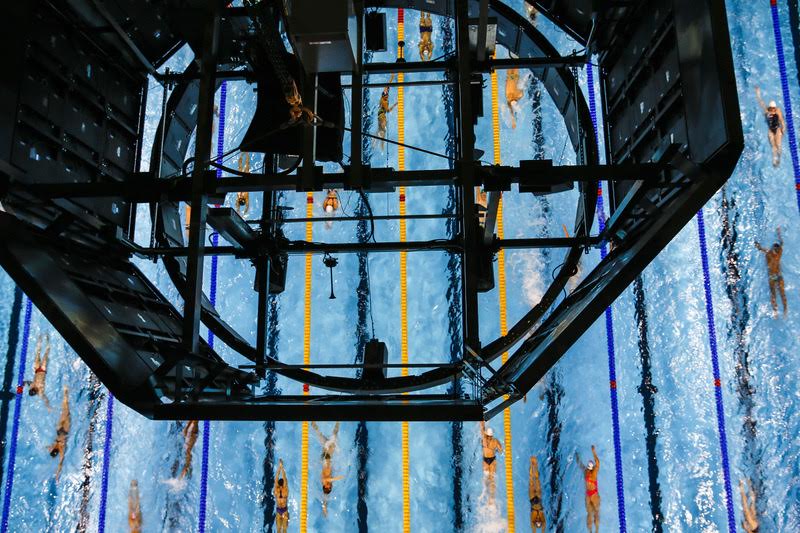
The next expansion was that of age-group swimming. 9-year-olds did not compete against adults because of the obvious differences in maturity. There are now boys’ and girls’ competitions and many different ways of defining ages to level the growth and maturity playing fields.
Thanks to the Kennedy Family, the Special Olympics was born. This group initially served those with intellectual development disabilities, and, primarily at that time, that with Downs Syndrome. It recognised the biological differences between children on a ‘regular’ intellectual development curve and those with developmental disabilities.
It seems that the British Royal Family’s interest in wounded warriors greatly aided the development of the Paralympics. In recent times, the Paralympics also serves those who have significant trauma, congenital disabilities, cancer surgeries, and suchlike within their lives. The biological difference between those with their legs blown off in war and someone running on two good legs is quite apparent. The Invictus Games has become another event on the calendar which supports such differences within the makeup of the athlete population.
When the Paralympics started, it was called the Wheelchair Games. It was small. There were veterans’ and civilians’ divisions that have now disappeared. Now, classifications are based purely on biological factors.
There is an argument for needing to follow this path when advocating for our Trans athletes – to start with the question ‘What is the biological difference?’ If we do that, we could create a Trans Division, a Trans Meet, or even a Trans Games, but we would start small with a Trans Division.
Trans females cannot compete fairly with biological females; however, providing them with the competition that is predominantly that of competing against biological males becomes unfair to the Trans female. It is the exact mirror image for the Trans Male. He has the same biologic disadvantage that the trans female has as an advantage. Yet forcing him onto a female’s division would in many cases (and in the least) violate our doping rules.
One such solution is to create a Trans Division. The Trans Females will race each other. The Trans Males will race each other. There is an argument that the Trans Males have been completely lost in this debate because they are uncompetitive in our current structure. This would also allow those of indeterminate gender to be factored into such a solution.
Our role as coaches is not to decide if the athlete is ready for transitioning or if they should transition. That is up to them, their parents, and their physicians. Our role is to help them swim faster and develop lifetime health and fitness habits.
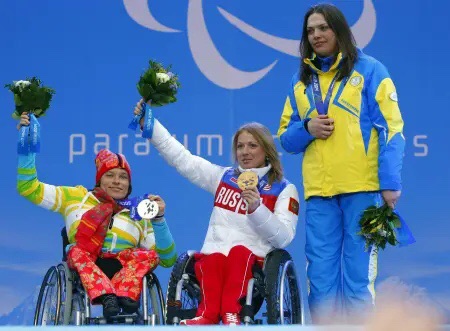
On the typical club team, age-group athletes, elite athletes, Special Olympians, and Paralympic athletes all share the same practice pool. They train together every day for weeks, then go their separate ways for their competitions. It could be precisely the same for our Trans Athletes. 99% of the year, every athlete trains together. 1% of the year, they attend their appropriate competitions.
A coaches’ historical role has been to expand the sport and create the best competitive opportunities for our athletes. The ‘Trans situation’ affords us the same opportunity. We must protect female sports, but we must endeavor to create fair competition for everyone. It could be seen that Trans males have become lost in this debate.
If we want to protect female sports, grow our sport, and create fair competitions, there is a strong argument that we need to follow the path of history and create a new division for such Trans athletes – as per this Option 3 (see evolution process at WSCA during consultation phase).
Summary Considerations for the Future
1. Fairness is paramount to all sports, including the sport of swimming;
2. The sport of swimming is gender affected and that manifests itself through the physical differences between males and females;
3. The sport of swimming rewards greater strength, stamina, and/or physique;
4. Sex categories within the sport of swimming exist to provide fairness and opportunity in competition;
5. Through a re-categorisation process, the sport of swimming should offer an alternative competitive model which would ensure inclusion and fairness.
Related SOS coverage:
- Emily Seebohm ‘Biological Males Will Always Be Faster & Stronger’; Urges Fairness First For Women As FINA Pens Transgender Inclusion Rules
- Swim Greats Emma McKeon & Tracy Stockwell Say No To Biological Males In Female Racing & Urge ‘Fairness First’ In Trans Debate
- How Do We Define Fair Play In The Debate Over Trans Inclusion In Women’s Sport?
- Time To Drop Testosterone Nostalgia, Tucker tells Coe, In Debate About Transgender Inclusion In Women’s Sport
- Nancy Hogshead-Makar On Trans Inclusion, Part 1: ‘Fight Or Resign Yourself To Sexism & How That Plays Out In Women’s Sport’
- Trans Inclusion Part 2: Will Women Have All Lanes That Life & Rights Promise Them By The Time Regulators Are Done Deciding?
- FINA Intends to Set Simple “Industry Standard” Policy That Strikes “Right Balance Of Inclusion & Fairness” For Women & Trans Athletes
- Emma Weyant Gets Virginia Sorority Of Success Started As 1st Woman Home In NCAA 500y Free Before Cuomo, Douglass, Walsh & Walsh MaKe It A Cavaliers Riot
- Sex Matters In Sport: 3,000 Athletes Among More Than 5k Who Signed Petitions Calling On Fair Play For Women In Transgender Inclusion Debate
- IWD2022 – How The Meaning Of Inclusion Has Been Manipulated To Turn Women’s Sport From Fair To Foul Play
- The 200 Free Time Trial That Became A Yardstick Of How Much Poison Is Being Poured In The Women’s Swimming Pool
- Fond Of Women’s Sport: Dr. Emma Hilton & The Science That Shows Why Biological Sex Not Gender Choice Says Who Swims As Man Or Woman
- A waking nightmare for women’s sport
- Of Rogues Looking To Create & Exploit Loopholes – a 30-year campaign: FINA Sends Strong Message In Reform Process By Stripping “Disgraced” GDR Dr. Lothar Kipke Of 1980s Honour 20 Years After Criminal Conviction
- When Will Men Deciding What’s Best For Women Get It? Fairness In Swimming Is About Biological Sex Not Gender Choice
- Where Transgender Rights Trounce Women’s Rights To Fair Play In Sport
- Penn Women’s Swim Team Urges College/Ivy League Not To Sue NCAA & Back Fairness In Women’s Sport With Sex-Over-Gender Rules
- Indecent Exposure Laws Cited In Letter To U.S. Legal Authorities Highlights Litigation Threat To Sports & College Bosses Blind To Women’s Rights In Transgender Debate
- Transgender Athletes: ‘Fairness & Safety Cannot Co-Exist’, So Create Universal Category Apart From Women, Says UK Sports Councils’ Equality Group
- Army Of High-Achievers Calls On Team Biden To Find Middle Way In Transgender Female Rules To Protect Integrity and Fairness of Women’s Sport